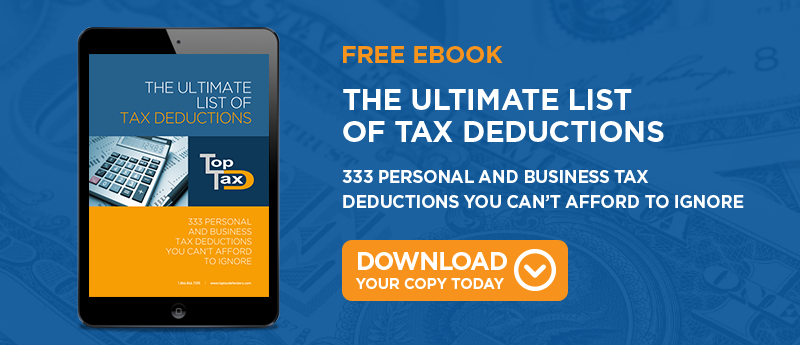
Around tax time, many citizens start wondering about their applicable tax bracket. While it may seem that the IRS randomly assigns tax brackets to certain individuals, the agency actually uses a straightforward method to calculate the appropriate tax rate for each citizen. It's important for individuals to understand the tax bracket to which they belong. This knowledge will help taxpayers prepare to pay their incoming tax bill. Learning to figure your tax bracket may also help you to find ways to reduce your tax rate for next year.
Factors That Affect Your Tax Bracket
First, you'll need to understand the factors that help determine your tax bracket. Your effective tax rate is based on several parts of your income tax return, including your filing status, the number of dependents you claim, your gross income, and your eligible tax deductions.
When you're choosing a tax filing status, you can select from five: Single, Married Filing Jointly, Married Filing Separately, Head of Household, and Qualifying Widow(er). Each status carries a certain standard deduction amount, which can reduce your income amount that is subject to tax. The number of dependent exemptions you claim also affects your tax rate. In 2013, the IRS allowed a deduction of $3,800 for every qualifying dependent in the household. As a result, a taxpayer who claimed four dependents that year could subtract $15,200 from his or her taxable income by using the dependent exemptions alone.
The amount of your gross income and your allowable deductions also affect your tax bracket. The IRS takes your gross earnings and subtracts your eligible deductions to arrive at your taxable income. Your tax rate is based on the amount of income that remains after your deductions have been claimed.
Figuring Your Tax Bracket
So, how can you figure your tax bracket? A simple way is to total up your gross income from all sources, such as earnings, retirement plan payments, interest, dividends, self-employment income, and capital gains and then deduct your eligible deductions. Begin by subtracting the standard deduction for the filing status you will claim. You can find this number in IRS Publication 17. Then deduct the number of exemptions you can claim for that year. Be sure to include yourself and your spouse if you're filing a joint return.
Look over the “Adjustments to Income” section of Form 1040 to find which deductions you may qualify for, including student loan interest, moving expenses, educator expenses, and self-employment tax. Subtract all of these from the income that remains. Your final number will be your taxable income, or the amount of revenue that is subject to federal income tax that year.
At this point, you can simply look at the IRS tax tables to find which tax bracket your income falls into. The tax tables are typically included in IRS Publication 17 or in any print instruction booklet for Form 1040. In the tables, you can find both the tax rate percentage and the dollar amount of tax you'll owe.
Calculating your tax bracket can take some time. However, if you're careful to follow the tax form instructions, you can get an idea of how much you'll owe this year and how you can reduce your liability in the future.




